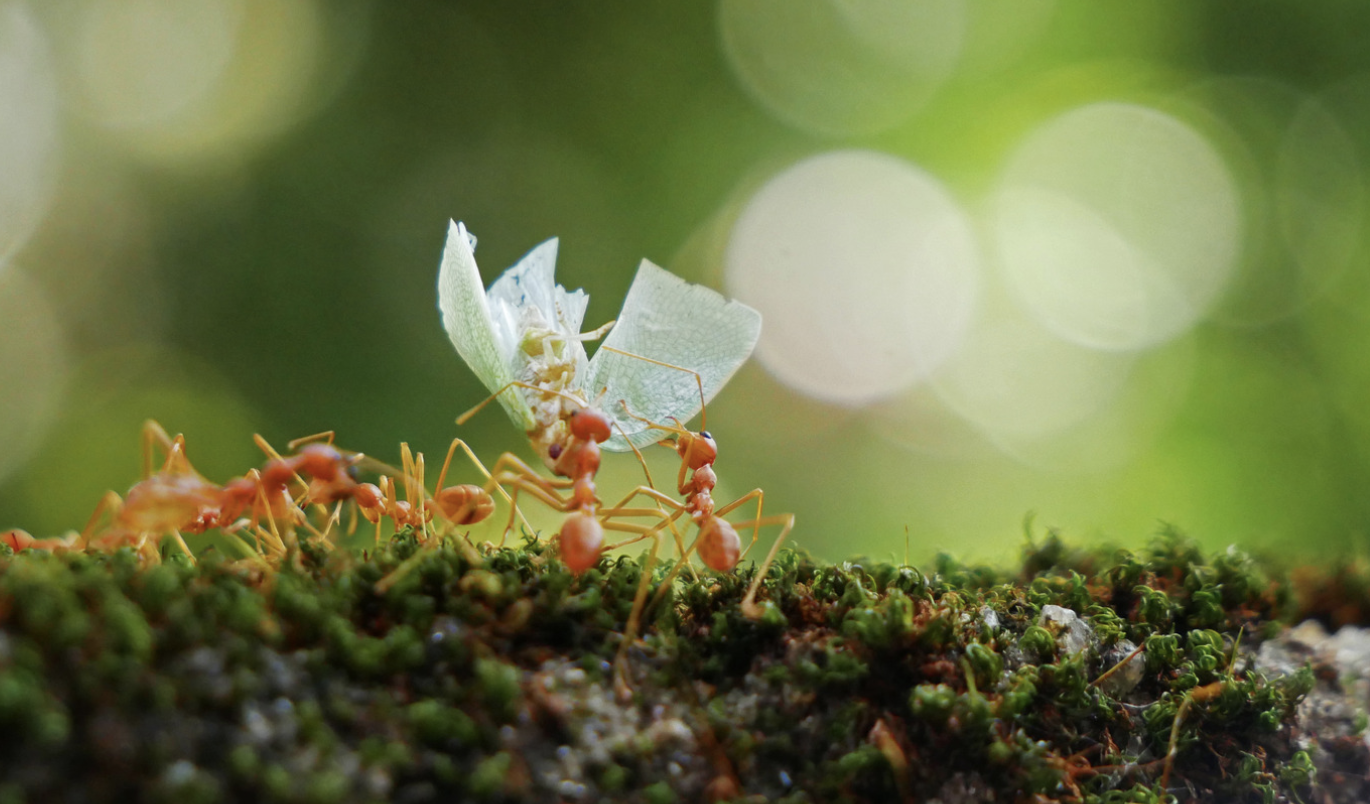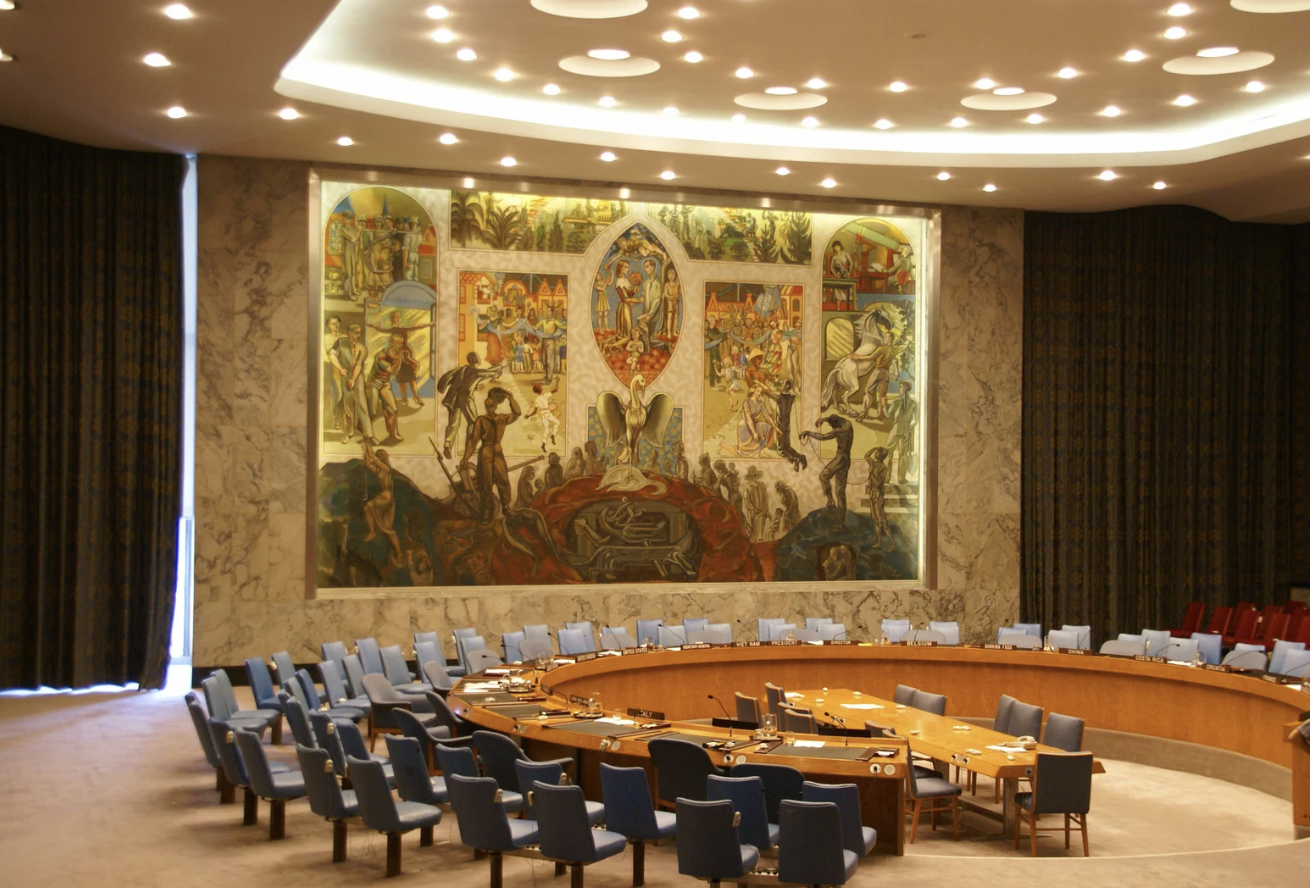Anúncios
A river empties into the ocean after collecting plastic bottles and other trash from a neighboring town.
If individuals do not begin to reduce their use of single-use plastics like plastic bottles and bags, the United Nations predicts that by 2050, the amount of plastic in the world’s seas would exceed the number of fish.
“Plastic pollution is surfing onto Indonesian beaches, settling onto the ocean floor at the North Pole, and rising through the food chain onto our dinner tables,” the organization known as UN Environment Programme (UNEP) said.
The devastating effects on marine life have worsened since 1950, when 2.5 billion people made 1.5 million tons of plastic; in 2016, over 7 billion people made more than 300 million tons of plastic, causing serious problems for the environment.
“According to one estimate, 99 per cent of all seabirds will have ingested plastic by mid-century,” said Petter Malvik, Communications Officer for the UN Environment Programme, in an interview with UN News.
More than 8 million tons of plastic make their way into the world’s seas annually, according to the United Nations Environment Programme, which issues a dire warning about the repercussions of this pollution. To encourage worldwide action to protect seas, oceans, and marine resources, the United Nations will hold the Ocean Conference in June.
The United Nations declared war on ocean trash earlier this year. At the Economist World Ocean Summit in Bali, the #CleanSeas movement was launched. It calls on governments to enact plastic reduction measures, industry to rethink goods with less plastic packaging, and individuals to modify their own behaviors.
A number of countries have pledged to reduce their marine debris: Indonesia by 70% by 2025, Uruguay by a levy on single-use plastic bags this year, and Kenya by a total ban.
We still have a long way to go in our fight for cleaner waters, but the Clean Seas campaign has accomplished much. According to Mr. Malvik, our goal is to drastically reduce the manufacture and consumption of single-use plastic and to establish a worldwide ban on microbeads in personal care and cosmetic goods by 2022.
Some exfoliating products and toothpaste include microbeads, which are little bits of plastic. Polyethylene or polypropylene is how you may find them in the ingredient list.
Many marine organisms have ingested plastic or have been directly exposed to it due to the high concentration of plastic in the seas nowadays.
“These microplastics often carry toxic contaminants and pose a real risk to food security and human health if they enter the human food chain via the fish that we eat,” said Petri Suuronen, Fishery Industry Officer at the UN Food and Agriculture Organization (FAO), in an interview with UN News.
“With an estimated 9.7 billion people to be fed by 2050, the threat of fish stocks contaminated with microplastics and their associated toxins is clear,” said Mr. Suuronen.
Microplastics pose risks not just to people, but also to fish and birds, who may ingest them thinking they are food and die of starvation.
One of two processes results in microplastics. Microfibers are either produced artificially (as microbeads or even as tiny threads that come out of synthetic clothing when washed) or naturally (as smaller fragments of plastic broken down by waves and sunshine).
Microplastics might originate from fishing gear that has been abandoned, lost, or thrown away.
According to an FAO analysis from 2009, the global ocean bottom is littered with 640,000 tons of abandoned fishing nets. Much of it is still being used for “ghost fishing,” the technique of capturing aquatic creatures.
As part of his mission to persuade policymakers to save 10% of the world’s oceans, UNEP Patron for Oceans Lewis Pugh is swimming the seven seas. The ocean floor off the coast of Oman was a landfill. No seafood. There is no coral. Nothing more than tires, plastic bags, bottles, and cans. Picture courtesy of UNEP
“Fishing gear can persist for decades in the oceans, entangling wildlife and polluting marine ecosystems as it breaks down into smaller and smaller particles,” Mr. Suuronen said.
There are monetary costs associated with trash as well as environmental ones. A UN-cited study by the World Economic Forum and the Ellen MacArthur Foundation estimates that plastic packaging material is wasted annually to the tune of $80 billion.
According to the estimate, if the current trend continues, the weight of plastic in the ocean would surpass that of fish by the year 2050.
The problem of plastic pollution cannot be solved without global consensus.
The Ocean Conference will take place at the United Nations Headquarters in New York City during the week of June 5th, and it will bring together representatives from Member States and civil society. One of its anticipated results is a worldwide proclamation that will lead to a more sustainable future for the world’s seas and oceans; it is a call to action.
At this conference, we will be focusing on Sustainable Development Goal 14, which seeks to reduce inequality and poverty while protecting the planet. Goal fourteen of the Sustainable Development Agenda emphasizes the need to protect and responsibly use the world’s seas, oceans, and marine resources.
According to UN General Assembly President Peter Thomson, “Humanity is only just waking up to the extent to which it is harming itself and the planetary environment through the plague-proportions of plastic it is dumping into the ocean.”
There is an increasing problem with plastic pollution in the ocean, and the Ocean Conference has to do something about it. Each of us is responsible for contributing to this issue, thus we should all do what we can to fix it.




